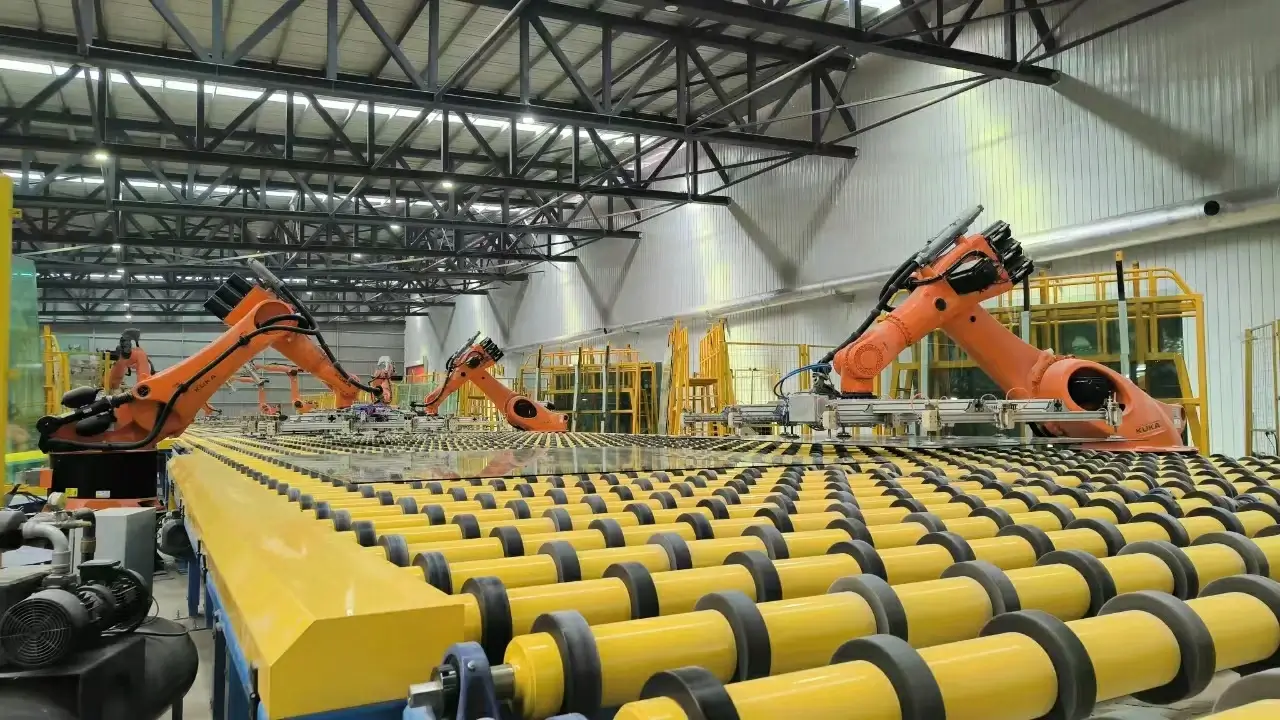

The Significance of Low-E Annealed Glass in Modern Architecture
In recent years, architectural design has increasingly embraced the principles of sustainability and energy efficiency. A key material that has emerged as a vital component in this endeavor is low-emissivity (Low-E) annealed glass. This innovative glazing option not only enhances the aesthetic appeal of buildings but also contributes to energy conservation, ultimately promoting a more sustainable future.
Low-E glass is designed with a special metallic coating that reflects infrared light while allowing visible light to pass through. This property is particularly valuable as it helps to maintain indoor temperatures by minimizing heat loss during cold weather and reducing heat gain during warmer months. By effectively moderating the thermal transfer between the interior and exterior of a building, Low-E annealed glass plays a significant role in reducing the reliance on heating and cooling systems, leading to lower energy consumption and cost savings.
The Significance of Low-E Annealed Glass in Modern Architecture
One of the most compelling features of Low-E annealed glass is its ability to contribute to LEED (Leadership in Energy and Environmental Design) certification—a widely recognized standard for environmentally sustainable buildings. By incorporating Low-E glass into their designs, architects can earn valuable credits towards LEED certifications, enhancing the marketability of their projects. The use of Low-E annealed glass not only signifies a commitment to sustainability but also positions a building as a forward-thinking structure that prioritizes energy efficiency and environmental responsibility.

Moreover, the aesthetic advantages of Low-E annealed glass are remarkable. The clarity and transparency it provides allow natural light to flood interiors, creating bright, welcoming spaces that improve occupants' well-being. This abundance of natural light can enhance productivity in commercial settings, while also reducing the need for artificial lighting, further contributing to energy savings. Designers often favor Low-E glass for its ability to enhance the visual appeal of a building while providing practical benefits.
The use of Low-E annealed glass is not without challenges, however. Its initial cost may be higher than that of standard glass products, which can deter some builders and homeowners. Yet, the long-term energy savings and potential tax incentives for energy-efficient buildings often offset these initial expenses. Additionally, advancements in technology continue to reduce production costs, making Low-E glass more accessible to a broader range of projects.
Safety and performance standards for Low-E annealed glass are already in place, ensuring that it meets rigorous criteria for quality and durability. Numerous studies and certifications support the effectiveness of Low-E technology, enabling architects to confidently incorporate this material into their designs.
In conclusion, Low-E annealed glass represents a significant advancement in building materials, offering the dual benefits of energy efficiency and aesthetic appeal. As sustainability continues to take center stage in architectural practices, the demand for Low-E glass is likely to grow. By integrating this innovative material into their designs, architects are not only contributing to a more sustainable future but are also paving the way for beautiful, efficient, and environmentally responsible buildings. The evolution of Low-E annealed glass is a testament to the profound impact of modern technology on architecture, highlighting the synergy between form and function in the built environment.